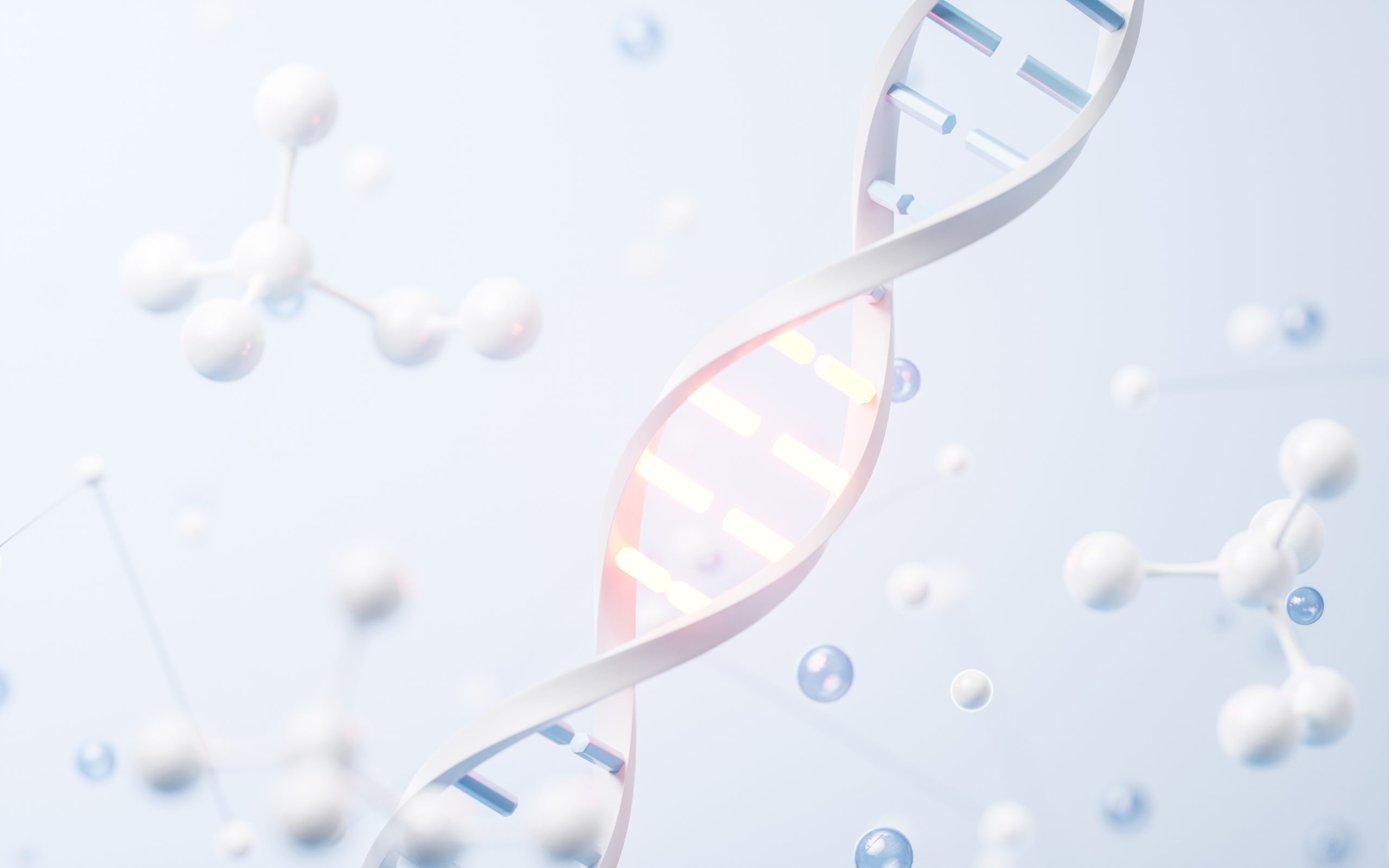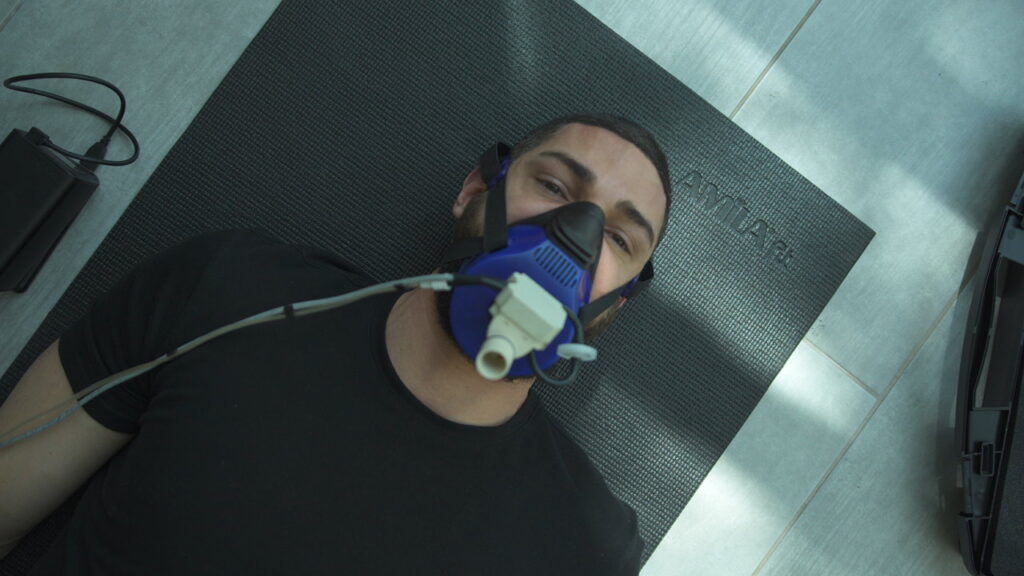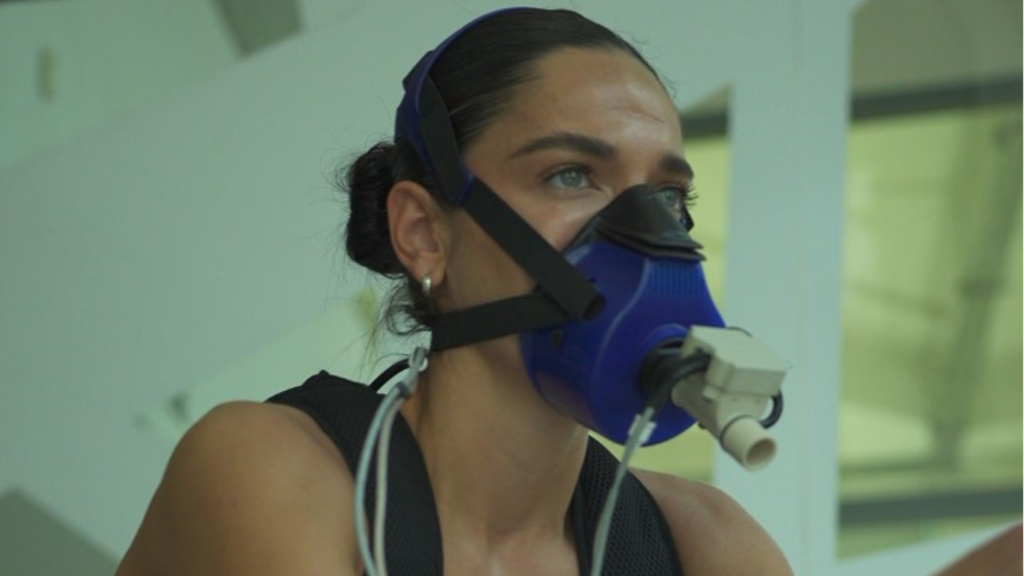Sirtuins are a family of proteins crucial for regulating various cellular processes essential to health and longevity. These proteins, dependent on the coenzyme NAD^+, are known for their roles in aging, gene expression, metabolism, and stress response. Sirtuins exert their effects primarily through deacetylating histones and other proteins, influencing chromatin structure and gene transcription. Their involvement in DNA repair mechanisms and stress resistance pathways contributes to cellular longevity and resilience. Sirtuins also play pivotal roles in metabolic regulation, affecting energy metabolism, insulin sensitivity, and lipid homeostasis Additionally, they modulate inflammatory responses and immune cell functions, impacting overall immune system activity. In the context of neuroprotection, sirtuins promote neuronal survival and may have implications for neurodegenerative diseases. With seven identified mammalian sirtuins (SIRT1-7), each localized to specific cellular compartments, they form a critical network that integrates signals from cellular metabolism and environmental stressors to maintain cellular health and functionality. As potential therapeutic targets, sirtuins offer promise in addressing age-related diseases and metabolic disorders, highlighting their importance in basic biology and clinical research.
DNA damage and the importance of reversing it
DNA damage can occur due to various factors, both internal and external, leading to alterations in the DNA sequence or structure. Here are some key mechanisms through which DNA damage occurs:
- Exogenous Factors: Environmental factors such as UV radiation from sunlight, ionizing radiation (e.g., X-rays), chemicals (e.g., tobacco smoke, pollutants), and certain drugs can directly damage DNA.
- Endogenous Factors: Reactive oxygen species (ROS), natural byproducts of cellular metabolism, can cause oxidative DNA damage. Other endogenous sources of DNA damage include errors during DNA replication or recombination.
- Physical Stress: Physical stress on DNA molecules, such as mechanical stress or tension, can also induce DNA damage.
- Biological Processes: Errors during DNA replication or repair processes can lead to mutations or breaks in the DNA strand.
DNA damage is intricately linked to aging through several mechanisms:
- Accumulation of Damage: Over time, cells accumulate DNA damage due to continual exposure to environmental factors, metabolic processes, and intrinsic cellular activities. This accumulation can lead to a gradual decline in cellular function and overall tissue integrity.
- Impaired DNA Repair: Aging is associated with a decline in the efficiency and fidelity of DNA repair mechanisms. Cells may become less able to repair DNA damage accurately, leading to an accumulation of mutations and genomic instability.
- Senescence and Cell Cycle Arrest: Persistent DNA damage can trigger cellular responses such as senescence (permanent cell cycle arrest) or apoptosis (programmed cell death). These processes contribute to tissue aging and organ function decline.
- Activation of Pro-inflammatory Pathways: DNA damage can activate cellular pathways that promote inflammation. Chronic low-grade inflammation, often observed in aging tissues (inflammation), can further exacerbate cellular damage and contribute to age-related diseases.
- Genomic Instability: Accumulated DNA damage and mutations can lead to genomic instability, increasing the risk of cancer and other age-related diseases.
DNA damage and its consequences are fundamental contributors to the aging process, affecting cellular function, tissue integrity, and organismal health over time. Understanding and mitigating DNA damage are crucial in pursuing strategies to promote healthy aging and prevent age-related diseases.
Sirtuins, the DNA repairers
Sirtuins play essential roles in maintaining genomic stability and aiding in the repair of damaged DNA through several mechanisms:
- Regulation of DNA Repair Pathways: Sirtuins influence various DNA repair pathways, including base excision repair (BER), nucleotide excision repair (NER), and double-strand break repair (DSBR). They can directly interact with proteins in these pathways to enhance their activity or regulate their function.
- Deacetylation of DNA Repair Proteins: Sirtuins deacetylate and modify proteins involved in DNA repair, such as those in the NHEJ (non-homologous end joining) pathway for double-strand break repair. Deacetylation by sirtuins can enhance the binding affinity of repair proteins to DNA lesions, promoting more efficient repair.
- Promotion of Homologous Recombination: Sirtuins, particularly SIRT6, have been shown to facilitate homologous recombination, a key mechanism for repairing double-strand breaks in DNA. SIRT6’s involvement in this process helps maintain genomic stability and prevent the accumulation of DNA damage.
- Response to DNA Damage Signals: Upon detection of DNA damage, sirtuins can be activated to promote appropriate cellular responses. They help coordinate the repair machinery and regulate cell cycle checkpoints to prevent the propagation of damaged DNA.
- Mitigation of Oxidative Stress: Sirtuins, such as SIRT1 and SIRT3, have antioxidant properties and can reduce oxidative stress within cells. Sirtuins indirectly support DNA integrity and repair mechanisms by maintaining cellular redox balance.
- Protection Against Genotoxic Stress: Sirtuins contribute to cellular resilience against genotoxic stressors, including UV radiation and chemical agents, by enhancing DNA repair capacity and promoting cell survival under challenging conditions.
Overall, sirtuins contribute significantly to maintaining genome stability and preventing age-related accumulation of DNA damage. Their activities regulating DNA repair pathways underscore their importance in cellular homeostasis and longevity.
How to promote Situin activity
Several factors have been identified that can promote Sirtuin activity, particularly that of SIRT1, the most well-studied member of the Sirtuin family:
- Caloric Restriction: Caloric restriction, or reducing calorie intake without malnutrition, is one of the most potent stimuli for activating SIRT1. It enhances NAD^+ levels, necessary for SIRT1 activity, and promotes longevity in various organisms.
- Intermittent Fasting: Intermittent fasting, which involves alternating periods of eating and fasting, has been shown to increase SIRT1 activity. Like caloric restriction, intermittent fasting boosts NAD^+ levels and promotes metabolic health.
- Physical Exercise: Exercise, particularly endurance exercise, can upregulate SIRT1 activity. It increases NAD^+ levels and activates pathways associated with mitochondrial biogenesis and oxidative stress resistance, which SIRT1 regulates.
- Resveratrol: Resveratrol is a natural polyphenol found in red grapes and other plants. It directly activates SIRT1 and mimics some effects of caloric restriction. However, the effective dose for humans is debated, and its impact may vary depending on individual metabolism.
- NAD+ Precursors: Supplementing cellular NAD+ levels with NAD+ precursors, such as nicotinamide riboside (NR) or nicotinamide mononucleotide (NMN), can enhance Sirtuin activity. These precursors are believed to support SIRT1 function by providing substrates for NAD+ synthesis.
- Stress Response and Hormesis: Mild stressors, such as heat stress (e.g., sauna use) or oxidative stress (e.g., exposure to antioxidants), can stimulate Sirtuin activity as part of a hormetic response. This adaptive response enhances cellular resilience and longevity.
- Sleep: Adequate and quality sleep is essential for maintaining Sirtuin activity. Disrupted sleep patterns or chronic sleep deprivation can reduce NAD^+ levels and impair Sirtuin function.
- Healthy Diet: Consuming a diet rich in nutrients and antioxidants supports Sirtuin activity indirectly by maintaining cellular health and reducing oxidative stress. Diets high in plant-based foods, such as fruits, vegetables, and whole grains, are generally associated with better Sirtuin function.
These factors collectively promote Sirtuin activity, critical in cellular metabolism, stress response, longevity, and overall health. Integrating these strategies into lifestyle practices may support healthy aging and reduce the risk of age-related diseases.
Longevity




